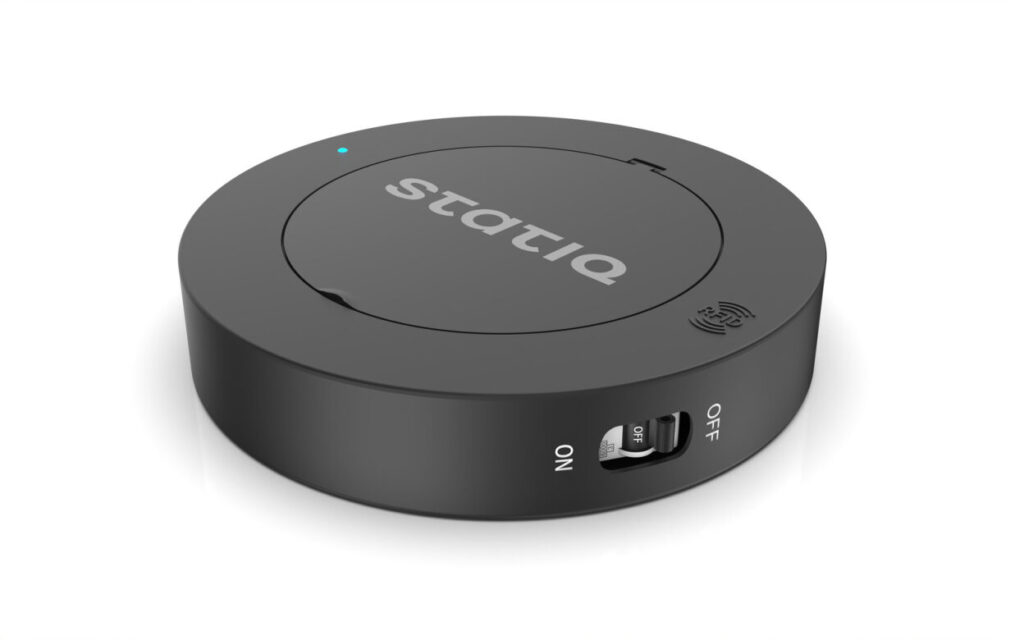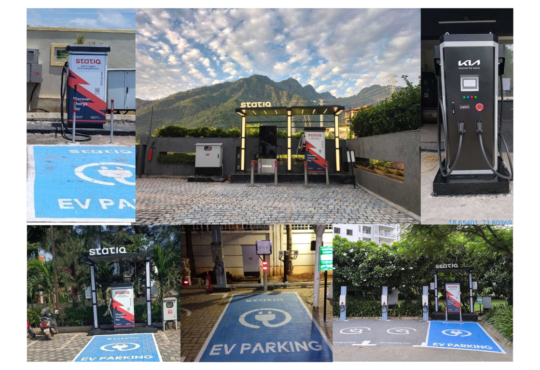
How to Charge EVs at Home?
Electric vehicles (EVs) are gaining popularity due to their eco-friendliness and cost-effectiveness. One of the key advantages of owning an EV is the convenience of home charging. Home charging is the most affordable and hassle-free way to keep your electric vehicle ready for road adventures.
You must have seen EV charging stations near malls, public places, restaurants, and highways, but it’s a fact that the majority of people charge their EVs at home. It is a common topic among people about how to charge an EV at home, how to keep their EV battery in good health, and what things to take care of when charging at home.
This blog will be your guide for everything about EV charging at home. You will not only learn about home EV charging tips, but you will also discover important hacks for the longevity of your battery.
Understanding EV Charging Types

Source: Niti Aayog (e-Amrit portal)
Level 1 Charging
Charging an electric car at home is as simple as plugging it into a household outlet. This basic form of charging is known as Level 1 charging, which operates on a standard home power socket. It is one of the most common charging types used at home every day.
- Charging Speed: Level 1 charging is relatively slow, taking over 8–12 hours to charge your EV’s battery up to 80%. Level 1 chargers use 240-volt plugs, charging only one electric vehicle at a time. It can charge electric 2, 3, and 4-wheelers.
Level 2 Charging
For a faster and more practical home charging experience, you need Level 2 charging. Level 2 EV charging operates at a higher power level than standard Level 1 charging. It is a faster, more powerful charging option, typically in public charging stations and home charging setups. These chargers can be installed in your garage, on the side of your house, or in a private parking space.
- Charging Speed: Level 2 charging stations use a 380-400 volt plug, significantly speeding up the charging process. You can achieve an optimal battery charge of 80% in 4 to 5 hours.
- Practical and Efficient: Level 2 charging stations can be plugged into a special outlet or connected directly to the electrical panel, making them a practical, reliable, and efficient solution for home charging. Level 2 charging stations can be installed in residencies, apartments, and even homes.
Factors Affecting Home EV Charging
Charging Capabilities of Your EV: To achieve quick and efficient charging of your electric vehicle (EV) at home, it’s crucial to comprehend your vehicle’s charging capabilities. The onboard charger of your car plays a pivotal role, as it comes with a maximum charging rate determined by its power rating. It’s important to note that different EV models offer varying onboard charger capacities.
Power Availability at Your Home: Assessing the power availability in your home is a key consideration. This involves understanding how many amps are allocated by your electricity provider and determining whether your home has a single-phase or a three-phase connection. It’s worth highlighting that not all households have identical power allocations. Single-phase connections are typically limited to 7.2 kW, whereas a three-phase connection can support up to 22 kW.
Tips for Charging Your Electric Vehicle at Home
- Place the charger in a secure and waterproof location.
- Check the state of charge (SOC) of your battery before charging.
- Maintain the battery charge level between 20-80% to extend the battery’s lifespan and performance.
- The charging time will vary based on the battery size and charger speed. Each vehicle model charges at different speeds.
- Ensure your safety when using the electric charger. Avoid touching it with wet hands or with metal objects.
- Check if your electric vehicle has a battery-swapping option or not. Some electric vehicles offer the option of swapping out the battery, making it convenient to replace it quickly.
Install Statiq Circle for Hassle-Free EV Charging

This is an ideal home charging solution for your electric vehicle. It features a single 3-pin socket with a power output of 3.3 kW. The unit is equipped with a waterproof body and holds an IP65 certification, protecting against water exposure. It can fully charge your EV in approximately 8-10 hours, making it an excellent choice for overnight charging. It also protects your EV from frequent power fluctuations.
Charging your electric vehicle at home is a practical, cost-effective, and environmentally friendly way to keep your car powered and ready for daily rides. The Statiq Circle AC Charger is a perfect solution for your EV charging at home. It protects your EV from voltage fluctuations and offers 3.3 kW power, IoT capabilities, and an auto cut-off feature. It can fully charge your EV in approximately 8-10 hours, making it an excellent choice for overnight charging. Say goodbye to public charging hassles and embrace a greener, more efficient tomorrow with Statiq.
Also read, Home Charging vs. Public Charging: Pros and Cons



